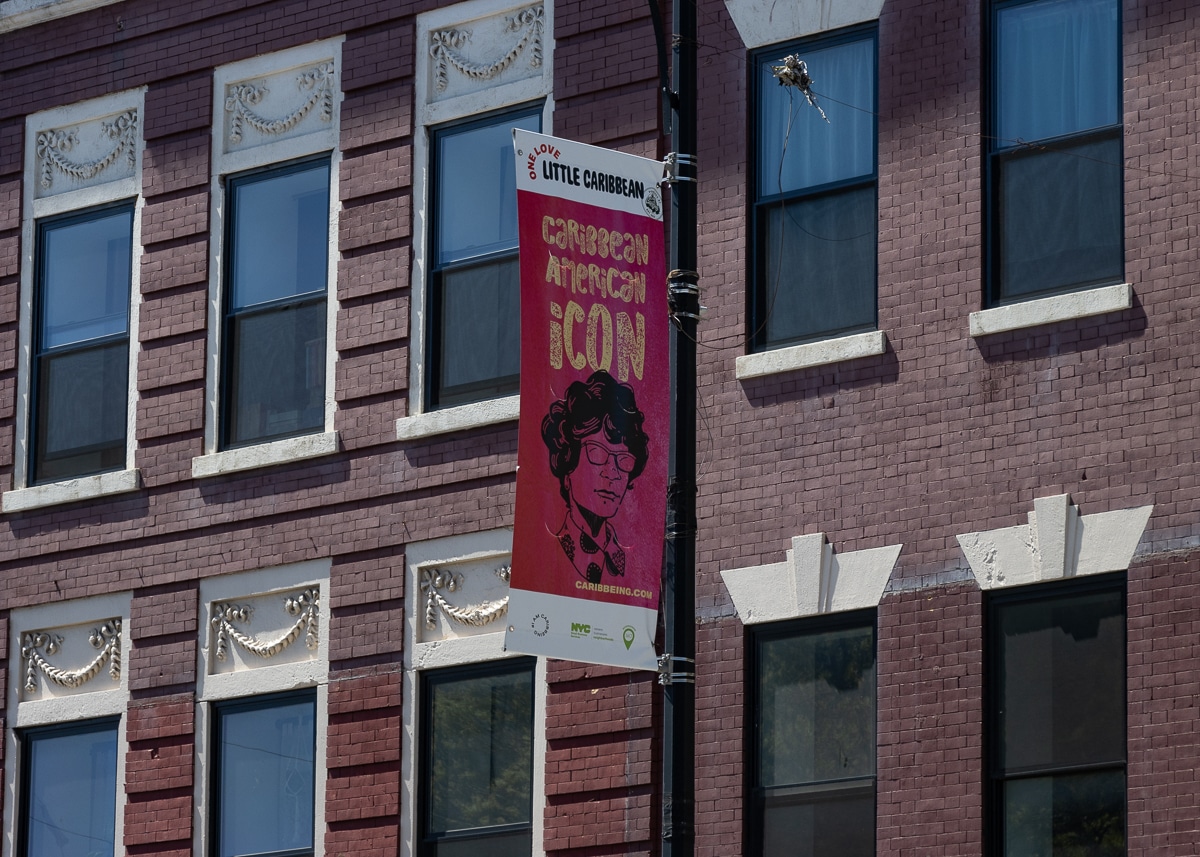The Queens Supreme Court Building and the Partitioning of Queens
The former Queens County Court House (now home to the Queens Supreme Court) has been in this location since 1870, and sparked a political dispute that led to the creation of Nassau County. Long Island counties, beginning in the late 1600s, were Kings, Queens, and Suffolk. Six towns in Kings consolidated in the late 1800s…

The former Queens County Court House (now home to the Queens Supreme Court) has been in this location since 1870, and sparked a political dispute that led to the creation of Nassau County.
Long Island counties, beginning in the late 1600s, were Kings, Queens, and Suffolk. Six towns in Kings consolidated in the late 1800s to create the City of Brooklyn, which was annexed (residents voted to consolidate it) to Greater NYC in 1898. Queens’ history is a bit more complicated. Queens originally comprised western Queens (the towns of Newtown, Flushing, Jamaica and in 1870, Long Island City) and what is now Nassau (Hempstead and Oyster Bay; North Hempstead was created in 1784). The eastern towns began agitating for “independence” from Queens County beginning in the 1830s, when a dilapidated courthouse in the Mineola area was to be replaced. Factions from the western and eastern parts of Queens vied for the new courthouse, which was ultimately built in Long Island City at the present Court Square in 1870. Differences, political and cultural, between the east and west ends of the vast county were accentuated during the debate. In the 1890s, proposals for Greater New York did not include Queens’ eastern towns.
When Greater New York was born on January 1, 1898, Queens’ four western towns were politically dissolved and western Queens became a borough. Queens’ 3 eastern towns remained extant. For one year, January 1st, 1898 to January 1st, 1899, half of Queens County was in NYC, half was not. The eastern towns finally seceded to become Nassau County on 1/1/99.
The first courthouse in this location burned down in 1904, and was replaced with the current Beaux Arts limestone structure in 1908 by architect Peter Coco. The famed 1925 murder trial of Ruth Synder (the smuggled photo of Snyder in the electric chair was a Daily News sensation in 1925) and the robbery trial of Willie Sutton, who robbed banks because ‘that’s where the money is’ were held here.
Coco was indicted on corruption charges a year after the new courthouse opened, and was tried and convicted in the very courthouse he designed.
Note the blindfolded head of Justice over the jury entrance on Court Square.
An unusually handsome parking garage sits behind the courthouse. This is where the old Queens House of Detention was located, and the old brickwork at the entrance is part of the original structure. A nice cinema reference to this building, the courthouse, the lawyers’ building across the street and the Court Sq elevated station can be found in Alfred Hitchcock’s “The Wrong Man” starring Henry Fonda as a musician accused of murder. All of the scenes of his arrest, court arraignment and incarceration, plus his meetings with his lawyer and background plate footage were shot in the area between 23/Ely and the Courthouse.
The venerable Brooks Restaurant, popular with legislators and court workers, occupies the ground floor of the apartment building on the SW corner of Court Square and Jackson Avenue. It’s a bit expensive and I haven’t been in — no weekends — but the sign says it’s been here since 1890. Reviews are not great, with a few good ones mixed in. The interiors do look impressive…
From Lost City‘s Brooks of Sheffield, in Eater:
Its origins are an unsolved case, one which nobody working there seems very keen on cracking. Mr. Brooks (actually Bill “Brooks” Gounaris) bought the place in the 1970s and stuck his name everywhere—on the sign hanging from the building, even on the sidewalk outside the entrance. But what went on in the place during the 70 years before that is anybody’s guess. The letters “K” and “N” are part of a beautiful, stained-glass canopy behind the bar. These likely stand for the last names of the founders of the restaurant, but nobody knows who “K” and “N” were.
Kevin Walsh is the webmaster of Forgotten NY and the author of Forgotten New York and, with the Greater Astoria Historical Society, Forgotten Queens.












What's Your Take? Leave a Comment